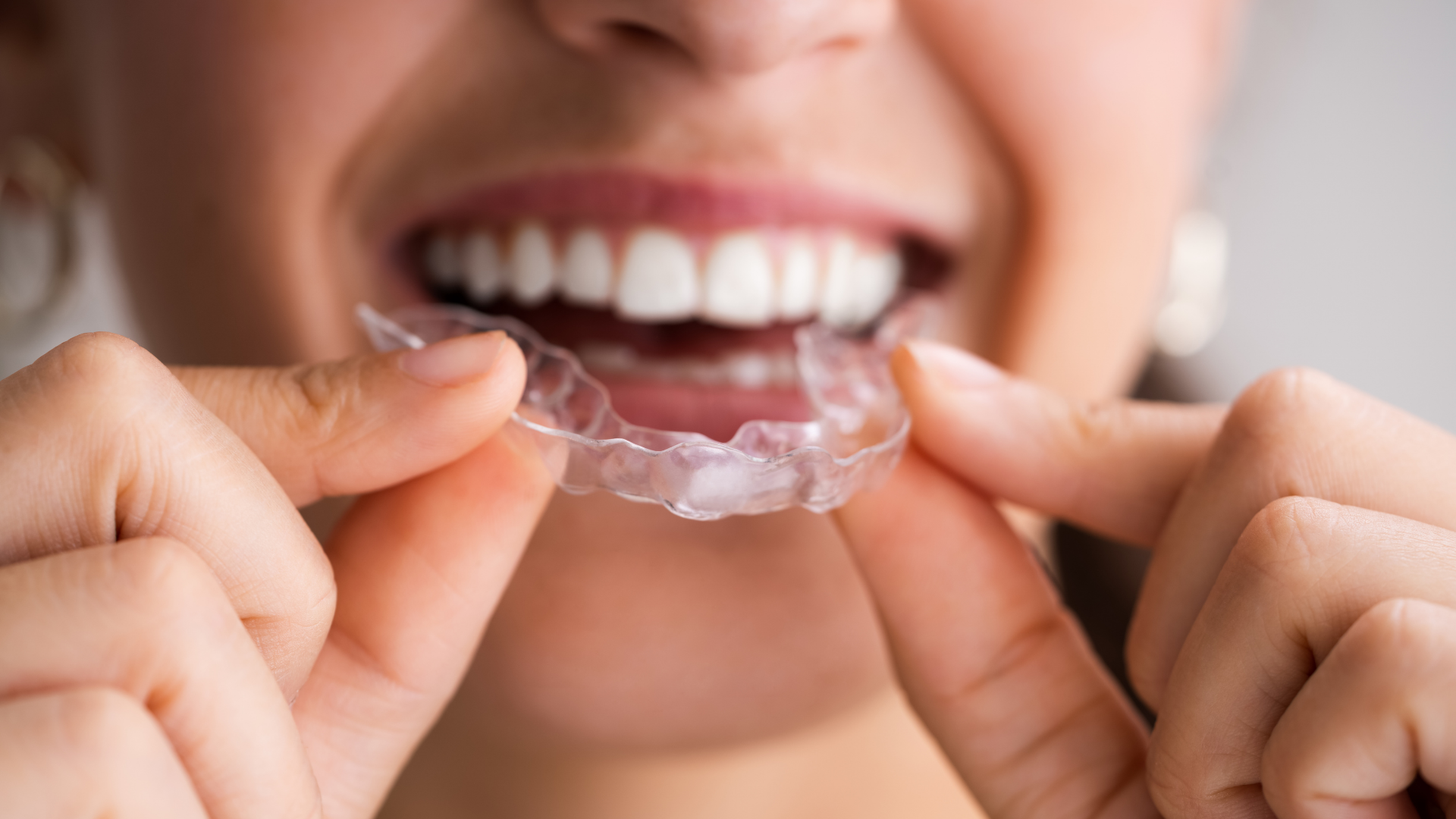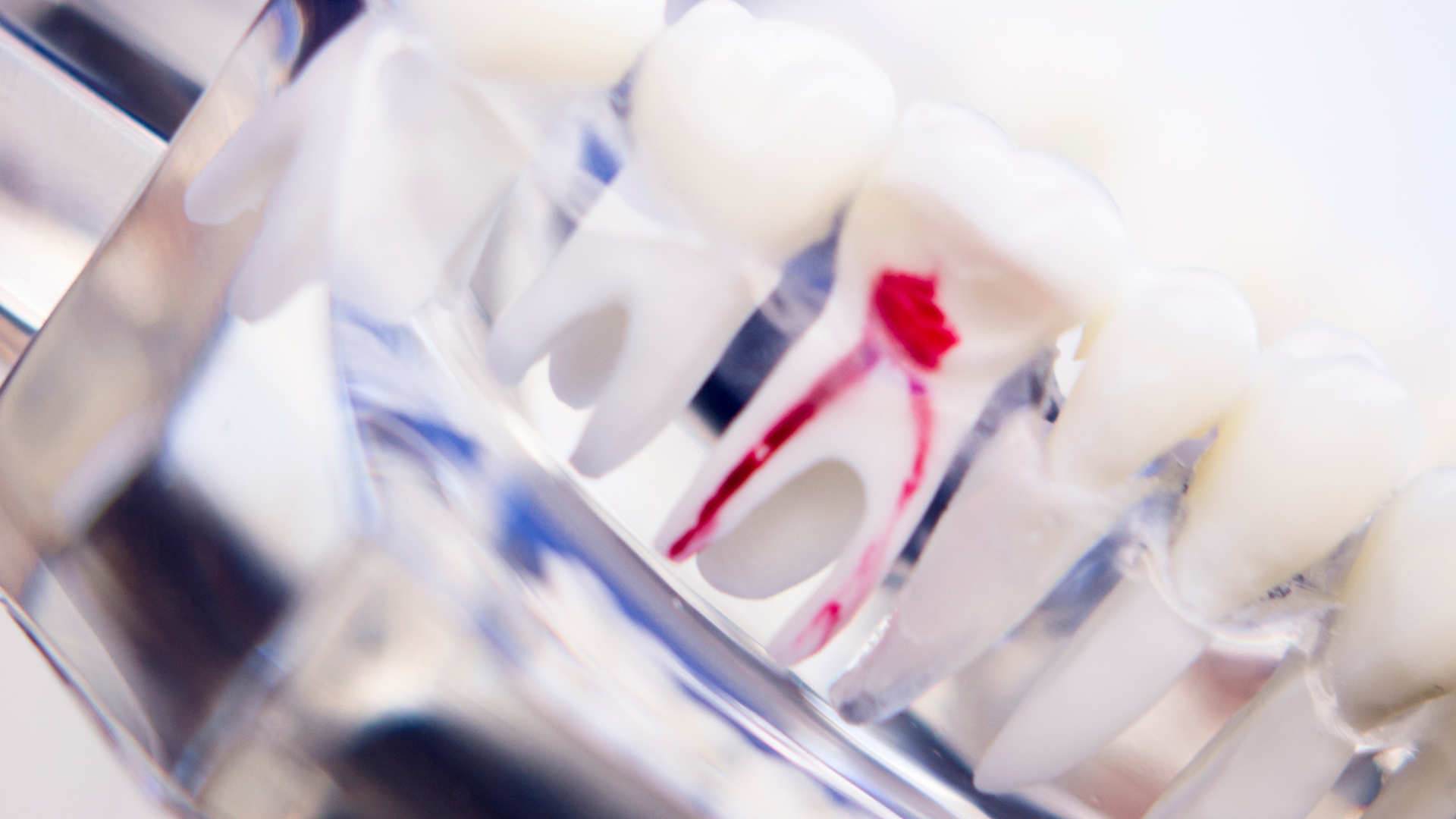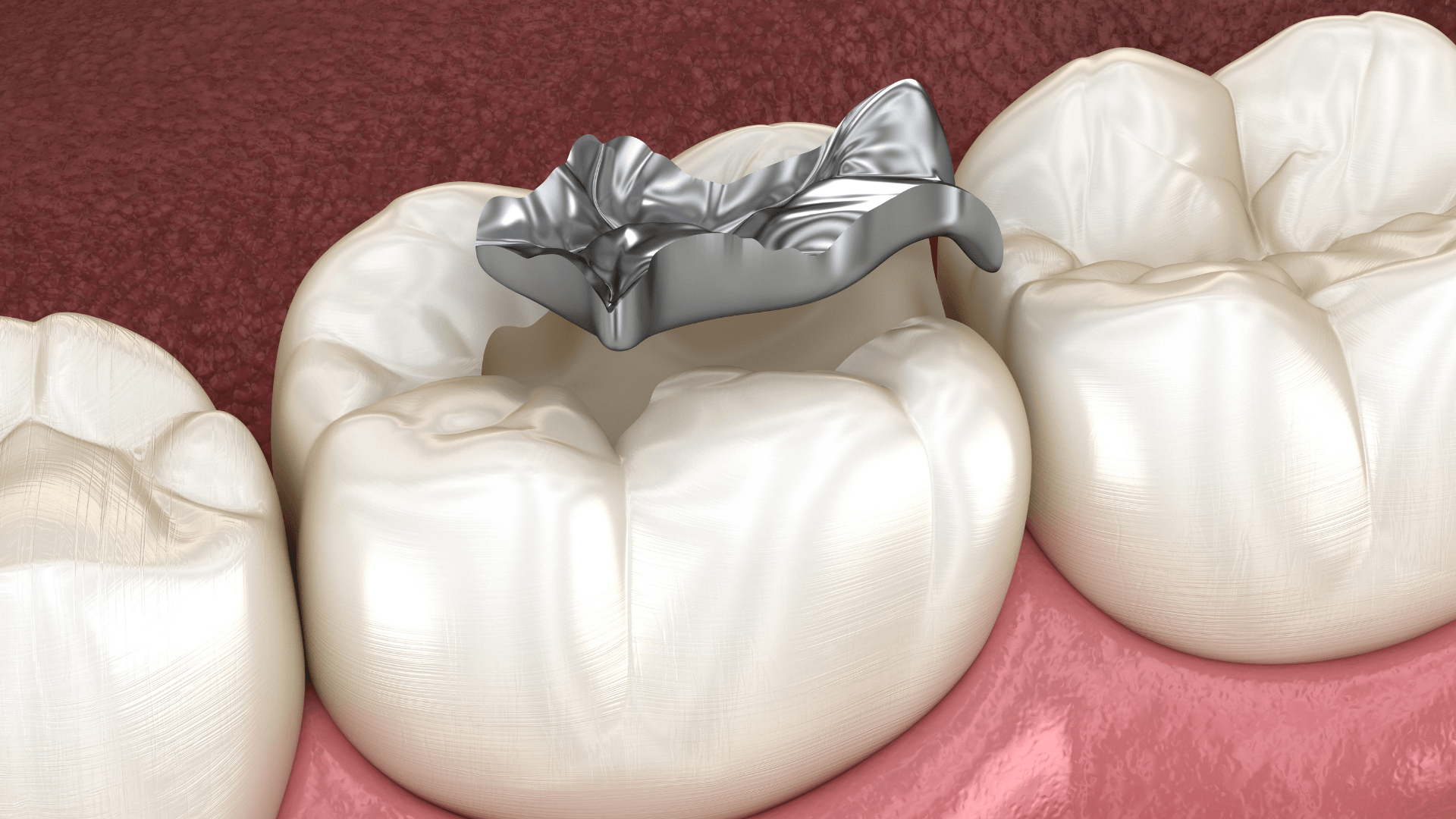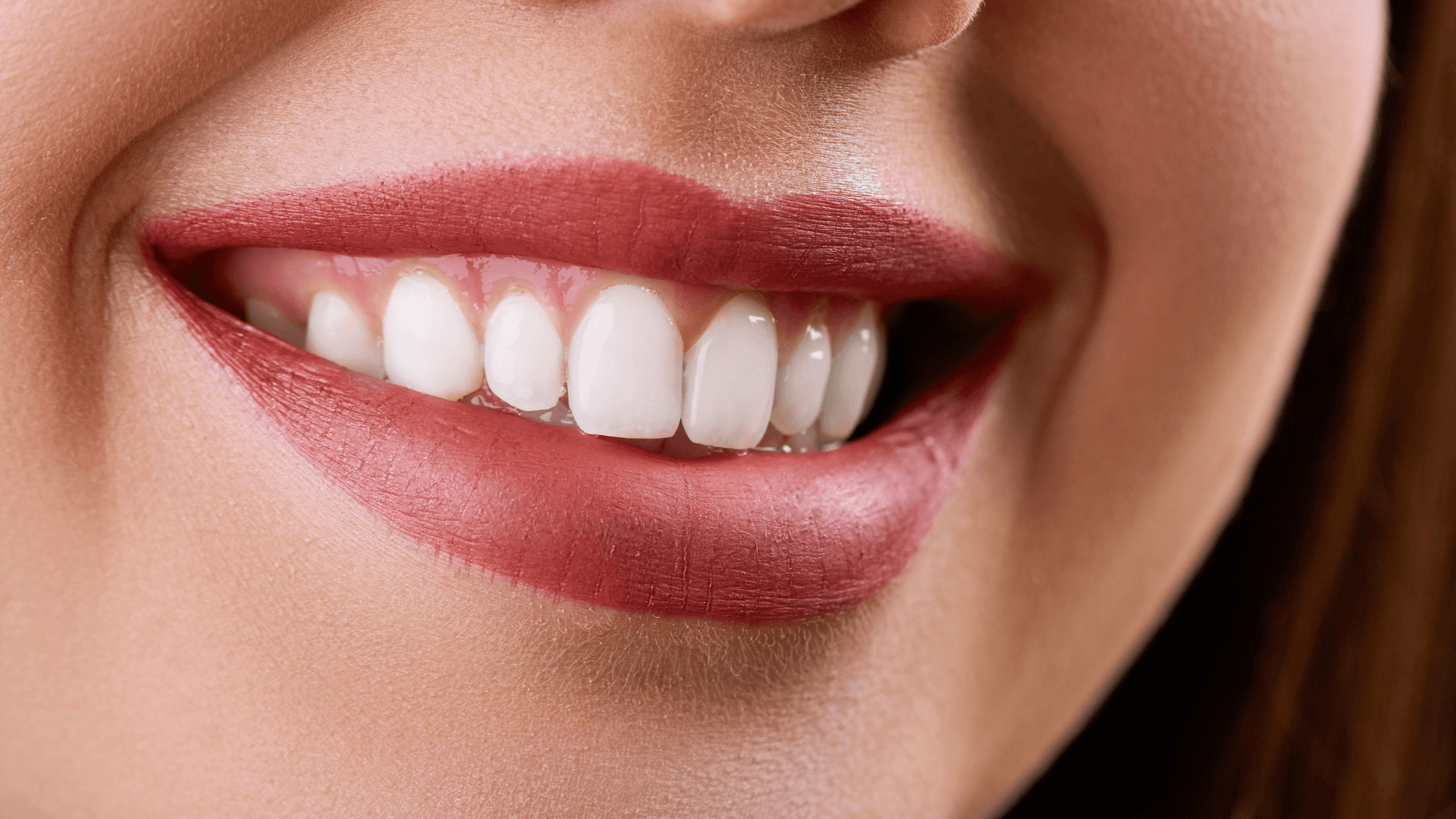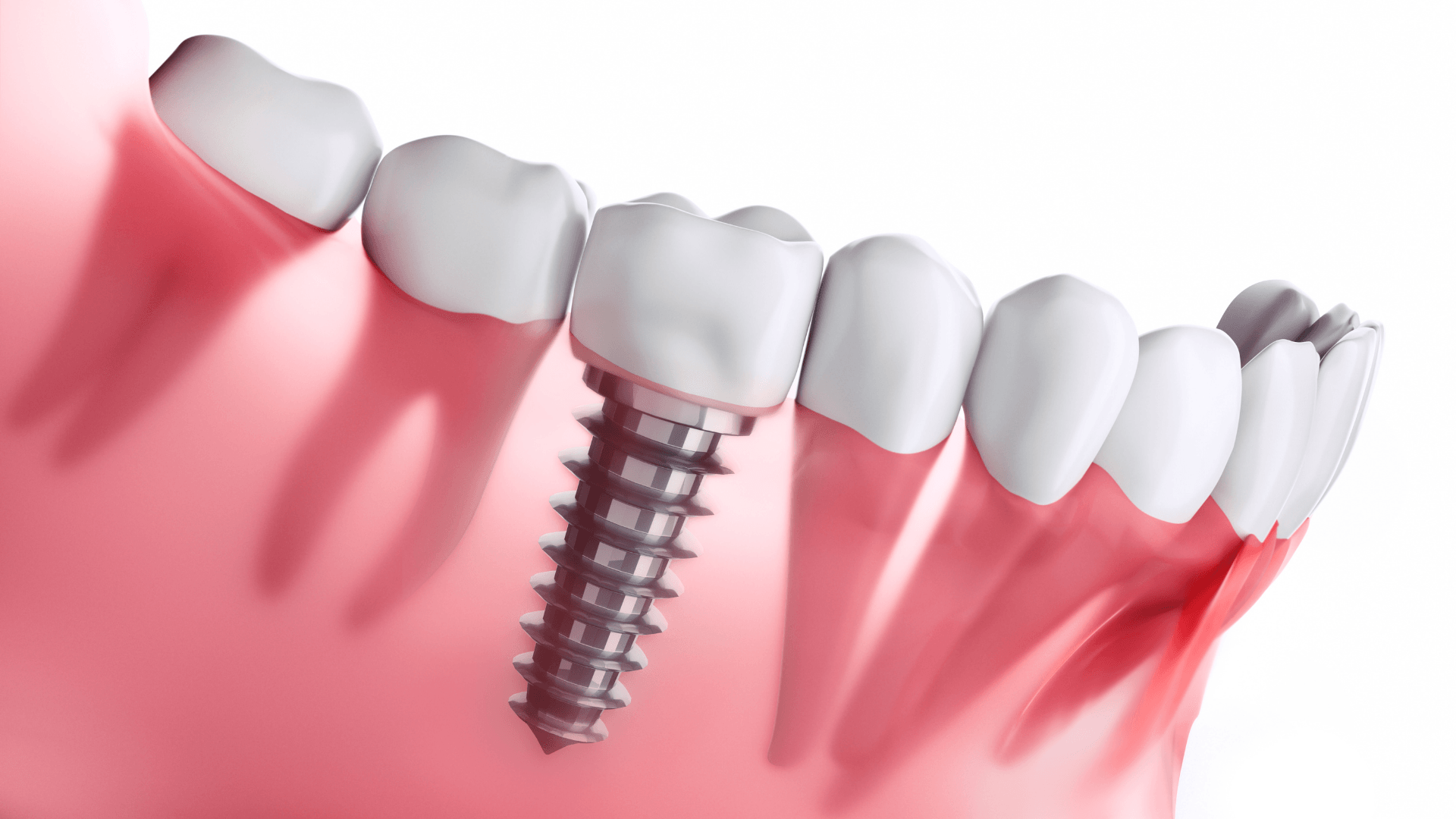May 17, 2022
Pay Attention...Gum Disease Could Kill You Gum disease holds the number one spot globally when ranked by the number of people who suffer from gum disease. For the record, worldwide, there are more cases of gum disease than the roster of people who have the widespread common cold virus. Studies performed in the U.S. show that more than 50 percent of the U.S. population have gingivitis and about 30% have periodontitis (gum disease). Periodontal disease is a microbial oral infection that silently eats away at the gum tissue, teeth and underlying bone that, all together, make up your smile. Gum disease may affect just a single tooth in your mouth or, some teeth on the bottom and some on top. The life story of periodontal disease starts again as soon as you stop brushing your teeth. The germs that survive your "Wand of Death's" attack (I'm not kidding, that's how the bacteria refer to a Sonicare toothbrush) find each other again and start systematically depositing layer after layer of biofilm on your teeth. What biofilm? It's that velvety, yellowish "sludge" that accumulates on your teeth while you sleep. Dental staff refer to it as plaque. Once the plaque builds to a necessary depth of coverage, it will have built up just enough material on the teeth to initiate the plaque's de-mineralizing engine. The enzymes in the plague begin to suck the minerals away from the enamel that protects the tooth. It sounds terrible, but don’t forget, losing minerals is a normal process that happens each day because of ongoing wear and tear. Thankfully, nature dropped in a solution for just such an occasion. As calcium is displaced from the enamel, saliva is constantly bathing the teeth with fresh essential minerals from today's meals and water supply. The kicker is, however, the bacteria have deposited such a thick coat of plaque that the saliva is prevented from reaching the tooth's enamel layer. So, the enamel under the plaque begins to soften and the supporting gum tissue becomes red and sore. From there, it's a downhill slide. The germs seem unstoppable. But wait! Lucky for us, there's one chink in the microbes' plan that can slap them silly. The gum disease germs must have about 9 hours to build up the perfect amount of plaque on your teeth. Unless that thick sludge reaches a required thickness, the plaque can't attack your teeth. There are 24 hours in every day. You can separate each day into three chunks of eight hours each. Brush your teeth morning, noon and night, and you will never have to worry about those ugly bugs. The Signs and Symptoms of Gum Disease: Bleeding gums after brushing Gums bleeding after flossing your teeth Aching, shiny red or swollen gums Wobbly and/or loose teeth Tooth roots becoming exposed Chronic bad breath (halitosis) Pus between the teeth Discomfort when biting down or chewing Recent change in your bite New spaces between your teeth Food getting lodged up in your gums As strange as it may sound, the infectious germs in your gums can migrate around your body and get to other organs, such as your heart, digestive system, and lungs. The catch-22 with that is, you can use a toothbrush to scrub away the plaque coating your teeth, but you don't have access to your heart. What you must realize is that gum disease should be considered a bigger risk factor to one's health than previously judged. So, if your health is important to you, don't put off having regular cleanings and periodontal therapy. As gum disease continues unchecked, bacterial enzymes attack the gum tissue. Eventually, the bacteria break through and enter your bloodstream. The bacteria and their by-products cause an inflammatory response all over your body. For fragile family members, this additional stress could be the final ingredient that pushes them too hard. Other studies show that prescribed drugs you are receiving for numerous internal conditions like heart failure, pulmonary disease such as emphysema or COPD, diabetes, knee replacement, kidney failure, cancer, rheumatoid arthritis, and/or pregnancy may be hindered by germs from the mouth. "Gum disease and inconsistent dental treatment are predictors of failing health and premature death," relates health and wellness author, Dr. Michael F. Roizen in his heralded book, Real Age: Are You As Young As You Can Be? He cites that periodontal disease has been proven to be associated with heart disease, diabetes, respiratory disease, digestive problems, osteoporosis, and immune disorders. Did you know that if you add up the entire infected area of periodontal disease and decay in the mouth and gums, you end up with a total infected area about two inches in diameter. Of course, "out of sight, out of mind" applies here. If that infection was on your face you would make it a top priority to get it cured.
